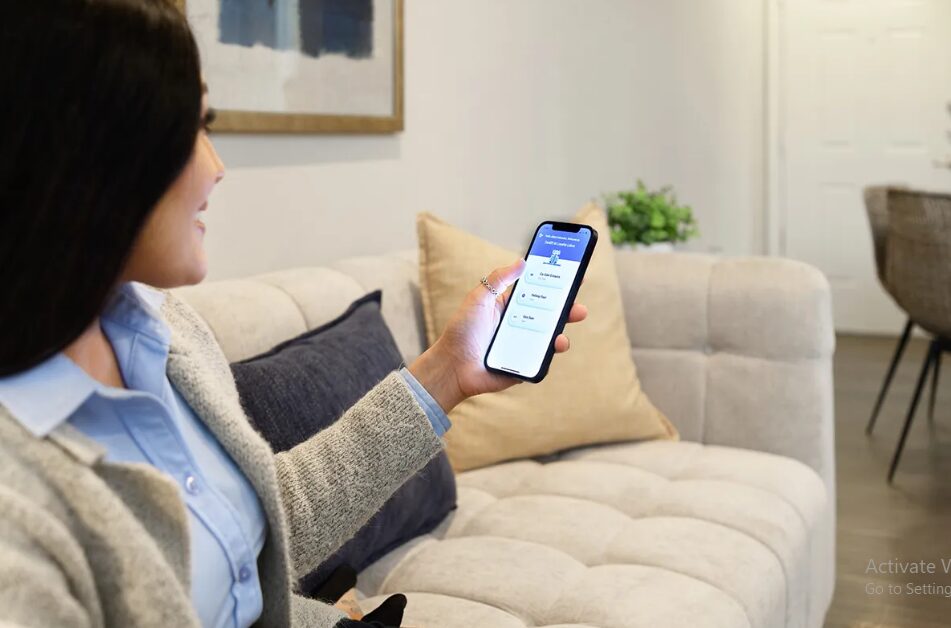
Multi-tenant buildings have always faced the challenge of managing access to certain spaces, and when. As more property owners take on commercial spaces with multiple tenants, they also take on a bigger responsibility: keeping access secure, simple, and trackable. That’s where modern access control systems connected with Apple devices come in. Access control integration isn’t just about convenience for buildings with several tenants. It’s a major step toward solving compliance headaches.
Why access control integration matters now
Every time a new employee is onboarded or leaves a company, there’s a risk. Manual systems often delay access changes. Someone might still be able to enter a space they shouldn’t, either because their badge wasn’t deactivated or the wrong door permissions were applied. For multi-tenant properties, those mistakes can lead to more than awkward hallway encounters. They can become audit issues, security gaps, or liability concerns.
Access control integration connects physical badge systems with digital platforms already used by tenants, like directory services or device management tools. This makes updates automatic and helps building owners avoid the risks associated with manual credentialing.
How apple access control supports modern compliance
Apple access control uses the built-in security features of Apple Wallet and iPhones to manage entry. Tenants receive mobile credentials directly on their devices. Instead of carrying a badge, they just hold their phone near the reader.
This helps compliance in several ways:
- Devices use Face ID or passcodes, so if a phone is stolen, the access pass won’t work
- Digital passes can expire automatically or be revoked instantly by admins
- Entry logs are created in real time and linked to identity records
- Credentials can be limited by time, location, or group, reducing over-permissioning
Apple’s built-in encryption and user authentication also help IT and facilities teams meet internal security standards, including those required by financial or professional services tenants.
Scenarios where mobile credentials prevent compliance issues
A financial firm in a shared office tower hires 30 new analysts. Traditionally, they’d wait for badges to be printed. In the meantime, the front desk is swamped managing temporary passes and tracking down HR contacts.
With Apple access control, those passes are issued digitally when IT creates a user profile. Based on their pass authorization, the analysts can use their phones to enter their company’s suite, elevators, or shared conference rooms, with no delays and no paperwork.
Now reverse that: a high-level executive resigns. Their badge is still in their briefcase, and no one remembers deactivating it. That credential might remain active if the system isn’t integrated with HR or IT tools. Mobile access tied to a device can be shut off the second their directory account is removed.
Reducing audit stress with integrated reporting
When a building owner or tenant faces an audit, maybe for SOC 2, ISO 27001, or another security framework, one of the first questions asked is, “Who had access to this space?” If the answer involves spreadsheets, handwritten notes, or separate systems that don’t match, the audit becomes a mess.
Access control integration helps by pulling data into one place. Admins can show:
- When a credential was issued and to whom
- What doors or areas it could open
- When access was used
- When and how access was revoked
This is useful in buildings where different companies use the same elevator banks or meeting rooms. Access history is easy to track with digital logs even across shared spaces.
Compliance isn’t just about the rules, but reducing risk
Regulatory frameworks exist to help companies reduce risk. In a multi-tenant building, poor access control raises the chance of physical and legal issues. They might not lead to a breach but’ll always raise questions.
That’s why more landlords and enterprise tenants are shifting toward Apple access control linked to centralized systems. It reduces the chance of human error, speeds up response time, and makes recordkeeping much easier.
Building systems that do more work, not more paperwork
No one wants to manage access manually anymore, not the tenants, landlords, or front desk. It takes time, creates confusion, and leaves too many chances for mistakes.
Buildings can run smarter with access control integration that supports Apple access control. Security teams get better data. Tenants get fewer interruptions. And when compliance questions come up, the answers are transparent, traceable, and backed by the systems already in use.







